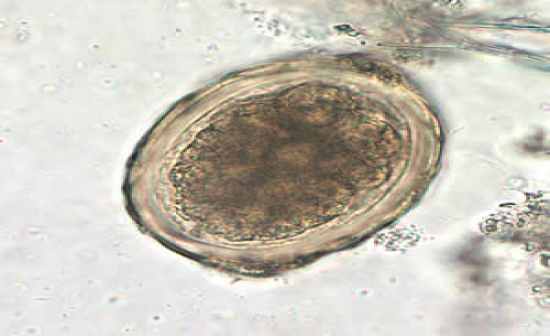Microscopic Identification of Parasites: Protozoans and Helminths Quiz
- WHO
- CDC
2.
We’ll put your name on your report, certificate, and leaderboard.










 Back to top
Back to top






